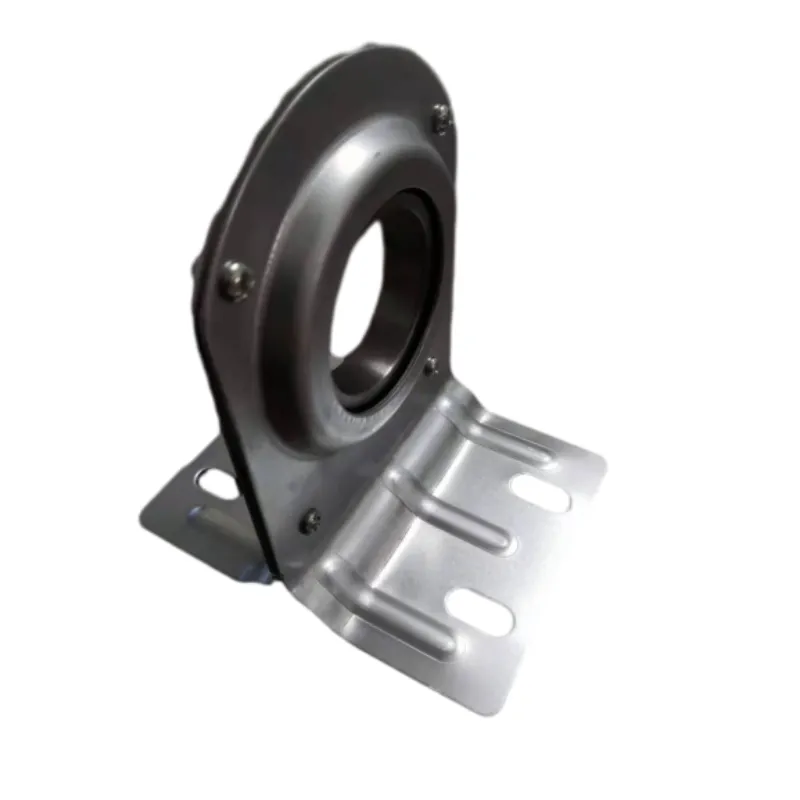
Oct . 12, 2024 16:41 Back to list
ball bearing 6213
Understanding Ball Bearing 6213 A Comprehensive Overview
Ball bearings are essential components in various machinery and equipment, providing the necessary support for rotational and linear movement. Among the multitude of ball bearings available in the market, the 6213 model is particularly noteworthy due to its versatility and robust performance. This article aims to delve into the characteristics, applications, and advantages of the 6213 ball bearing.
Specifications and Design
The 6213 ball bearing is part of the 6200 series, which is renowned for its deep groove design allowing for significant versatility in various applications. The key specifications of a 6213 ball bearing include an inner diameter of 65 mm, an outer diameter of 120 mm, and a width of 23 mm. It typically consists of steel balls encased in an inner and outer race made of high-quality steel, enabling it to endure substantial loads and rotational speeds.
The deep groove design facilitates both radial and axial loads, making it suitable for high-speed operations. Its seals and shields offer additional protection against contaminants, thereby extending the bearing's lifespan and maintaining performance under challenging conditions.
Understanding Ball Bearing 6213 A Comprehensive Overview
The 6213 ball bearing finds utility across diverse industries and applications. It is commonly used in electric motors, conveyors, and power transmission equipment. Additionally, it is prevalent in agricultural machinery, automotive components, and industrial machines. The ability to handle both radial and axial loads means that it can be employed in various setups, ensuring smooth and efficient operation of machinery.
ball bearing 6213

In the automotive sector, for example, the 6213 bearing can be found in wheel hubs and transmissions, where it supports rotating shafts and gears. Its use in electrical motors and generators enhances performance and minimizes wear, contributing to better energy efficiency.
Advantages
One of the significant advantages of the 6213 ball bearing is its ease of installation and maintenance. Available in various configurations, including sealed and open types, it caters to a range of operational needs. The sealed version is particularly beneficial in environments prone to dust and moisture, while the open type allows for lubrication during operation.
Furthermore, the durability of high-quality steel used in its construction ensures that the 6213 can withstand varying temperatures and operating conditions. This resilience translates into less frequent replacements and reduced maintenance costs, a crucial factor for industries seeking to optimize their operational efficiency.
Conclusion
In conclusion, the 6213 ball bearing represents a quintessential choice for many applications due to its robust design, versatility, and impressive load-handling capabilities. Whether utilized in the automotive industry, machinery, or any environment requiring reliable rotational support, the 6213 model consistently delivers performance and durability. As technology evolves and industries demand higher efficiency, the significance of such reliable components will only continue to grow, solidifying the 6213 ball bearing's role in modern engineering and manufacturing processes. As you consider options for your machinery needs, the 6213 ball bearing stands out as a dependable and efficient choice, ready to support the demands of today’s complex systems.
Latest news
-
Grooved Ball Bearing Design and Functionality
NewsJun.04,2025
-
Concrete Mixer Bearing Load Capacity Testing
NewsJun.04,2025
-
6004 Bearing Dimensions in Robotic Joint Designs
NewsJun.04,2025
-
Advantages of Single-Row Deep Groove Ball Bearings
NewsJun.04,2025
-
Applications of Deep Groove Ball Bearings in Automotive Systems
NewsJun.04,2025
-
Innovations in Bearing Pressing Machine Design
NewsJun.04,2025
